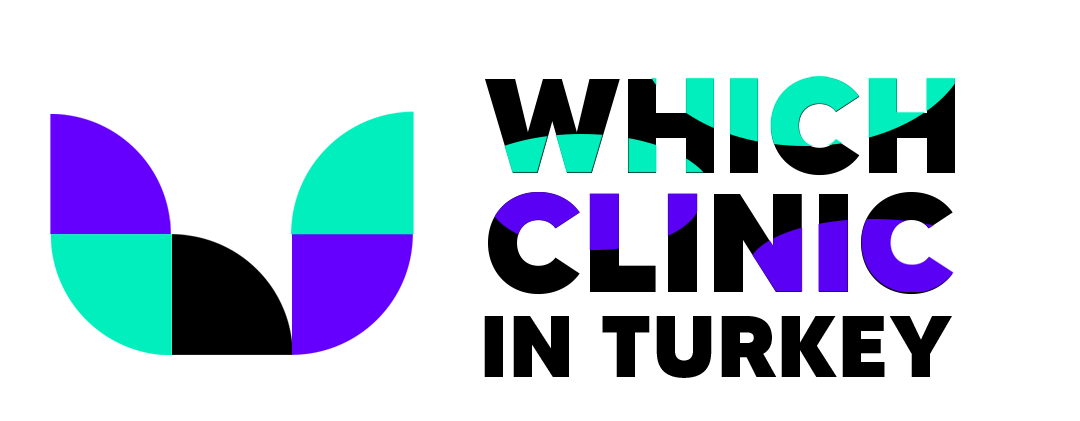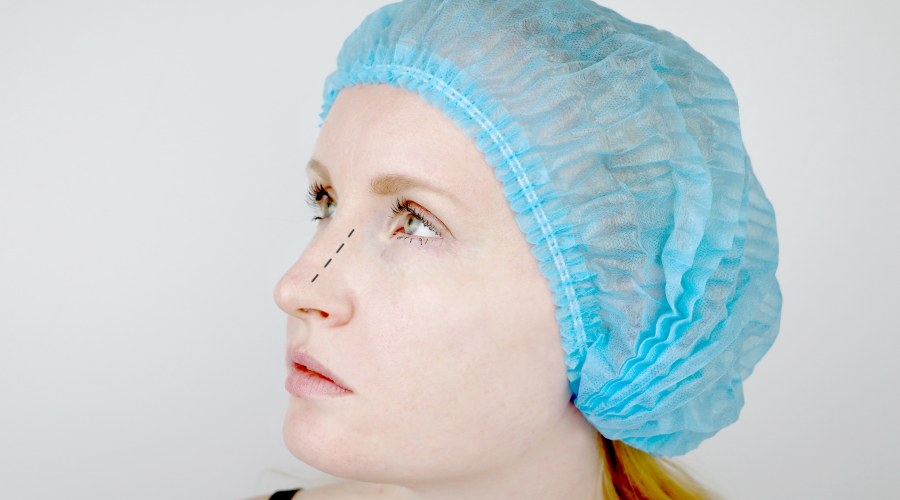WHAT IS RHINOPLASTY?
WHAT IS RHINOPLASTY?
Rhinoplasty, that is, nasal aesthetic surgery, is the name given to the intervention performed by making some changes in the bone and cartilage structures in the nose. Rhinoplasty, which is known as one of the most performed aesthetic surgeries today, can now be performed with much simpler operations thanks to developing technology and opportunities. Since the nose is located in the middle of our face, it forms our face. Even the smallest touch made in nose surgeries changes the nose and therefore the face. For this reason, it is very important to establish a correct communication with the physician who will perform the operation. Nose surgery is performed for reasons such as congenital crooked nasal bone, change in shape due to trauma, and problems in breathing and maintaining daily life.
The ultimate goal of many surgeons who perform the operation is to ensure that the nose can perform its breathing ability in the most accurate way after the operation. Regardless of the size of the operation, it is a delicate process that requires attention and it takes between 6 and 12 months to see the result clearly after the operation. This period may vary depending on the regeneration rate of the tissues and whether the operation is complicated or not.
In some cases, patient satisfaction may not occur after the surgery or the expected result from the surgery may not be fully achieved. In such cases, the operation is performed for the second time after the appropriate time has passed.
HOW IS THE OPERATION DONE? WHAT ARE THE STAGES?
Rhinoplasty surgery is a process that everyone is curious about and sometimes afraid of. Especially young people in adolescence tend to have surgeries such as rhinoplasty at an early age, as their defect is more immersed in their eyes. However, such surgeries should be kept on hold until the age of at least 15 for girls and at least 18 for boys. Since the cartilage tissue in the body cannot complete its development, the result of the operation will not be satisfactory.
Before rhinoplasty surgery, it is necessary to undergo a full examination by the doctor who will perform the surgery. The patient’s expectation and how much of this expectation can be met as a result of the surgery, complications that may occur, and the issues that the patient should comply with after the procedure should be discussed in detail. It is very important to know the patient’s existing ailments, food and drug allergies.
There are two types of surgery, open and closed rhinoplasty. Depending on the condition of the patient’s complaint, which surgery will be preferred is under the control of the physician. Open rhinoplasty surgery allows the surgeon to work more easily and is preferred in cases where the problem in the nose is larger. The disadvantage is that there is a suture mark on the root of the nose after the procedure. In closed rhinoplasty surgery, the surgeon removes the incisions through the nose. It is more difficult to work with, so it is preferred in cases where the problem is more minimal.
WHAT ARE THE RISKS AND ADVANTAGES?
The risk of nose surgery is equivalent to the risk of any surgery. However, the risks that may occur can be seen as complications depending on the person. Unsymmetrical nostrils, falling of the tip of the nose while smiling, swelling and bruises that do not go away are among the complications that may occur after the surgery. However, these complications can be minimized with an experienced physician and correct communication.
Its advantages are satisfactory in many ways. Patients are now more self-confident and happy, and their social lives are in order. Sleep quality increases, thus understanding and learning ability develops. The percentage of problems such as anxiety and anger decreases. The sense of taste also improves, as it can smell the food better.
WHAT ARE THE MEASURES TO BE TAKEN BEFORE AND AFTER?
Before rhinoplasty surgery, the use of blood thinners should be interrupted for 2 weeks. In addition, alcohol and cigarettes should not be used before and after the surgery. Smoking slows down wound healing and prevents the oxygen needed by the tissues.
After the operation, it is necessary to meticulously use the drugs recommended by the doctor. After the operation, you usually rest in the hospital for one day and do not stand up. Consuming plenty of fluids and drinking pineapple juice a few days before and after the surgery minimizes the edema that may occur in and around the nose.
Nasal congestion is quite normal in the weeks after the surgery, so it would be beneficial to use a high pillow while sleeping.
Using glasses and wearing a mask is not recommended for 3-6 months after the operation. At the same time, it is necessary to go outside using sunscreen.



